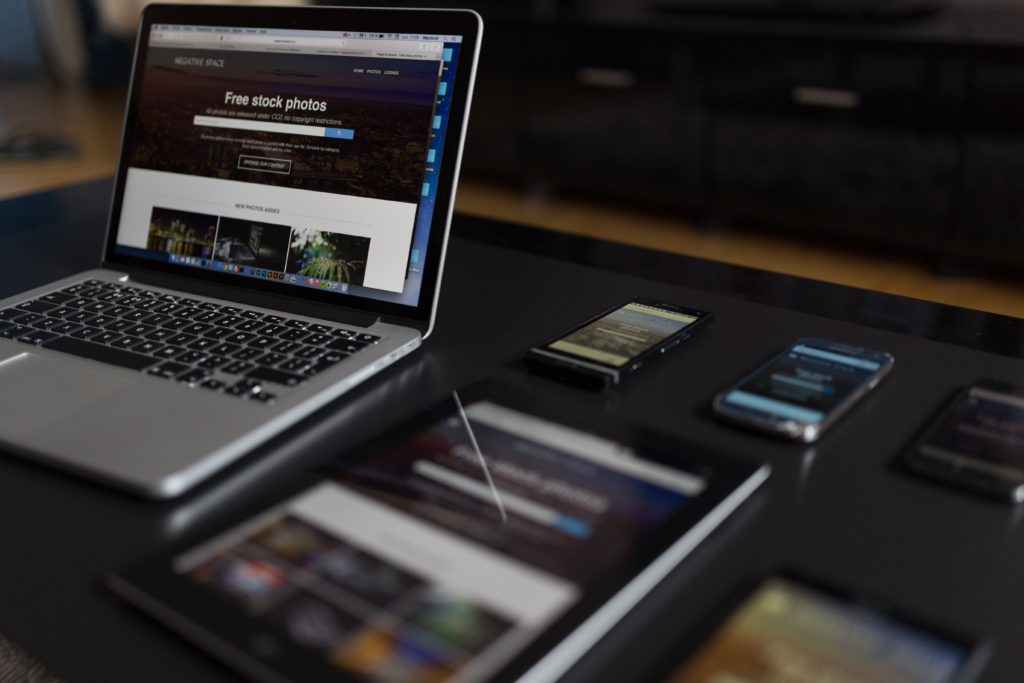By Michael Tropp, Vice President, Business Development
Customer experience isn’t just about smiles and a positive attitude, at least, not anymore. While being cheerful and friendly are aspects that help build customer relationships, there are other aspects of the customer journey that could really benefit from technology to be more efficient. Shockingly enough, reports have concluded that investing in customer experience initiatives can potentially double business revenue in 36 months.
In a modern world with so much competition, businesses are now placing emphasis on the customer as the centre of their selling point. People have lots of selection, and if a certain business doesn’t treat them as they would like to be treated, all they have to do is move on to the next competitor. Here are some of the top technologies to keep an eye on in order to stay ahead of the customer experience curve.
1. Artificial Intelligence (AI) Chatbots
In 2019, AI is the talk of the town. In almost every industry from education to logistics and even right down to package delivery, AI seems to make processes run smoother. When it comes to the customer experience, AI in the form of chatbots have the ability to change the entire customer service experience. From answering frequently asked questions to connecting customers to the correct representative, AI chatbots can take monotone tasks off the hands of their human counterparts, thus automating the process and saving time.
2. Big Data Analytics
The main argument behind collecting lots of customer data is that businesses can better understand customer expectations if they know their client base well. While consumers are still hesitant about sharing too much with companies, the data can be used to create a more comfortable customer journey.
Studies suggest that 58% of consumers prefer businesses that personalize the customer experience while simultaneously being transparent about how they use data. For example, if a business analyzes customer search history and purchase history, they can make more personalized product or service suggestions which may benefit the customer. This can be quite broad, or as specific as recommending a great phone case for your new smartphone purchase.
3. Virtual Reality
Virtual reality is making major steps forward when it comes to improving the customer experience. The principal use is to give consumers a demo of a product or service before buying it. Take IKEA, for example, and its virtual reality headset that lets people see what their rooms would look like with different furniture in them. This is one such use, and others include a totally different online shopping experience by letting users see how specific clothing or accessories fit them before they buy them. Think virtual reality dressing rooms — pretty cool right?
4. Smartphone Location
At first glance, the feeling that brands know your location at any time sounds uncomfortable and worrisome. But, let’s look at some of the bright sides. If a consumer is in a specific area of a city looking for a product, brands can use their location to recommend the best nearby physical locations to purchase said product. Also, locations could be used to recommend promotions such as restaurant specials or movie ticket discounts in the vicinity.
The customer experience will continue to change thanks to new technologies. There are arguably many ways that the current journey can be improved, and thanks to this tech, the future of the customer experience looks bright.
